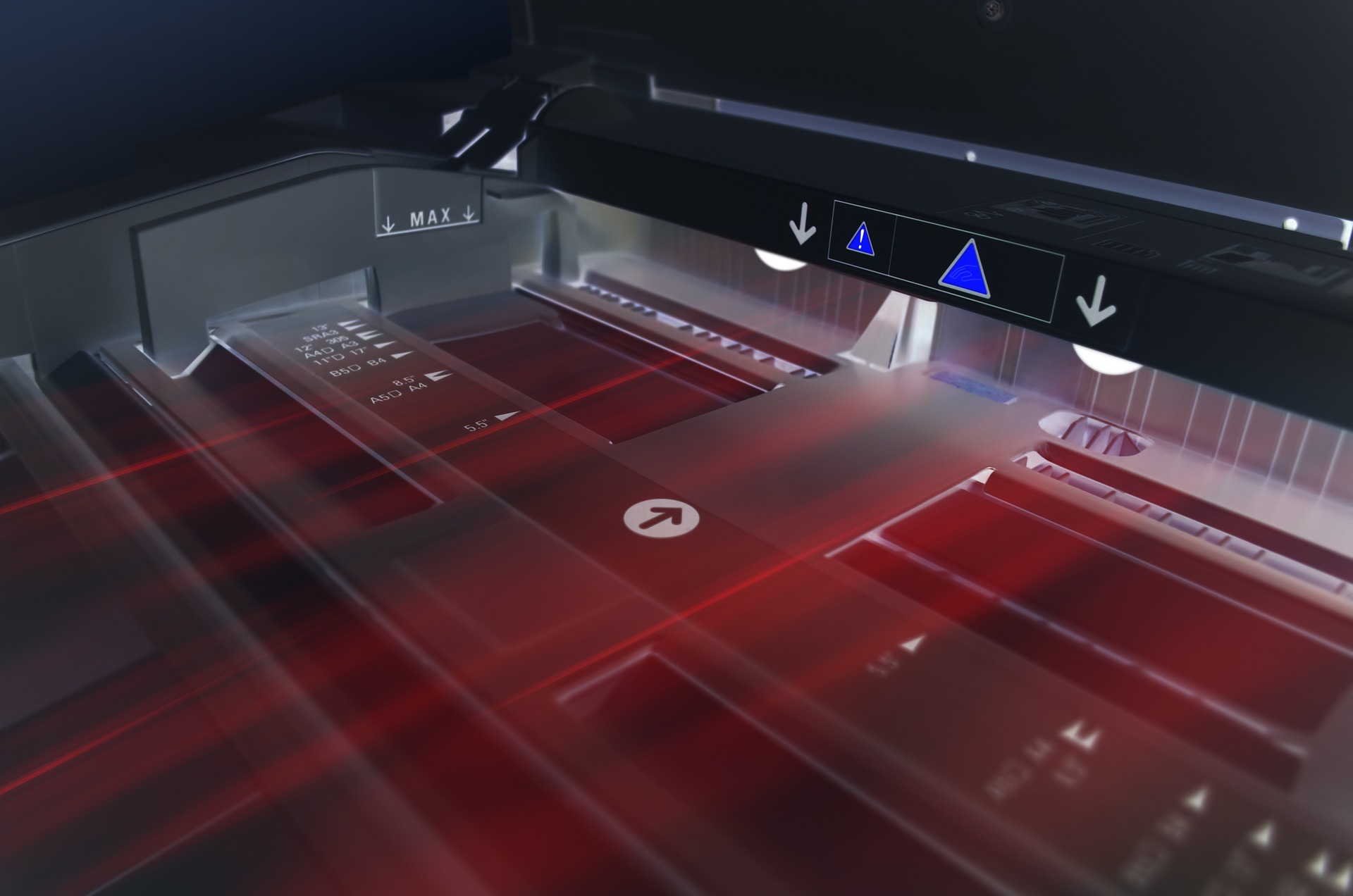Unveiling the Marvels of Continuously Variable Transmission Technology
Let's embark on an exciting journey through the world of Continuously Variable Transmission (CVT). This underappreciated marvel of automotive technology, while not new, has matured significantly over the years. Its impact on modern-day driving is profound, offering enhanced fuel efficiency, smoother ride and a more engaging driving experience.
The Genesis of CVT: A Historical Perspective
The concept of Continuously Variable Transmission (CVT) is not new. Leonardo Da Vinci first conceptualized it in the 15th century. However, it wasn’t until the late 20th century that CVT technology started gaining momentum in the automotive world. DAF, a Dutch automaker, introduced the CVT in their small cars in the 1950s. The technology was later adopted by larger vehicles, leading to its widespread use today. Despite its historical roots, it’s the modern advancements in CVT that have made it a game-changer in the automotive industry.
CVT: A Modern Take on Transmission
Unlike traditional automatic or manual transmissions that use fixed gear ratios, a CVT provides an almost infinite amount of gear ratios, allowing for smoother and more efficient acceleration. This is achieved by two pulleys connected by a belt or chain, with the diameter of these pulleys able to change from small to large, or vice versa. This versatility makes CVT a preferred choice for many modern-day vehicles, from compact cars to SUVs.
Current Trends and Future Prospects
The use of CVT is on the rise and is expected to dominate the global automotive transmission market by 2025. This is largely due to its fuel efficiency and smoother driving experience. However, the technology is not without its challenges. CVTs are often criticized for their ‘rubber band’ feel, lack of driver engagement, and long-term reliability issues. To overcome these, automakers are investing heavily in research and development, with promising results. For instance, the latest CVTs mimic the feel of traditional automatic transmissions, offer manual mode for increased driver engagement, and are built with enhanced durability.
The Impact of CVT: Driving the Change
The introduction of CVT has revolutionized the driving experience. With the ability to adjust to the driver’s throttle input, CVTs deliver power smoothly and efficiently, eliminating the gear ‘hunt’ associated with traditional transmissions. Moreover, the fuel efficiency that CVTs offer is a significant advantage, especially considering the rising fuel prices. However, as with any technology, educating the consumers about the benefits and dispelling the misconceptions about CVT is crucial for its widespread adoption.
Conclusion
The Continuously Variable Transmission, a remarkable feat of automotive engineering, has come a long way since its inception. Despite the challenges, its advantages in terms of fuel efficiency and smooth driving experience are undeniable. As advancements continue, CVTs are poised to redefine the future of driving. Buckle up and prepare for the ride!






